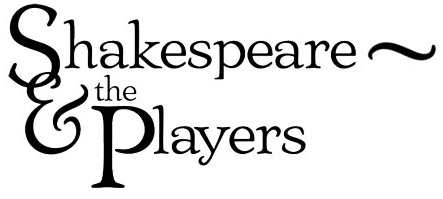Don’t forget to take a look at the backs of the postcards. Verso is how we refer to the reverse side of a folio, or a full page. In many ways, the back is the most important part of the postcard in that many of them feature interesting messages, some very of which are very personal, from history. Many of the backs feature advertisements for other performances by the depicted player. Many shows would take and sell these types of postcards during performances, using them as publicity in the same fashion as a movie poster today. This may be especially interesting to those born in the age of email, video conferences, Twitter, and text messaging, and moreover these backs present a look at how people communicated with each other through sharing Shakespeare. These images narrate a story of how the “elite Shakespeare” quickly became a household name.
The philosopher Jacques Derrida, in The Postcard, encourages us to read the two conflicting, yet resonating scenes – in our case, the Shakespeare image and the handwriting on the back – two sides of the postcards together. In Letters, Postcards, Email: Technologies of Presence, Esther Milne discusses the idea of intimate presence (and of absence) in the materials of correspondence, both past and current. A collection of essays, Postcards in the Library: Invaluable Visual Resources, edited by Norman D. Stevens, argues the case for preserving the value and materiality of postcards in research libraries and makes a compelling case for the value of postcards in critical scholarship.You can find full citations of these and more texts in our bibliography.
You’ll find the backs of the cards along with their fronts throughout the collection, especially on the Play pages in the postcard galleries. We are working to post image descriptions for all the images.
EXAMPLES
Here is one example describing the first image presented here, which is the back of a postcard depicting a scene from Romeo and Juliet starring Nora Kerin and Blanche Stanley:
On the left side of the card, in black ink, cursive handwriting, reads: “Flo dear, Did you get the P.C. after all? How much did you have to pay? Funny things have happened this week at least they haven’t happened in reality + I hope they won’t. One of the things was what you are constantly wishing or what you say you are wishing although I don’t believe it. I saw cousin [not clear] in [not clear] yes’day. Thank Heaven tomorrow is Saturday x x Affectionately Yours [Albert?]
On the right side reads: “Miss Young
104 Lower Clapton Rd.
Lower Clapton
London”
At the very top of the card, there is a date, perhaps: “15 5 08.”
The second postcard image here doesn’t include any handwriting, but does showcase one of the primary uses of these cards, as advertisements for shows, during the period from roughly 1880-1914. This card, the back of one showing Robert B. Mantell as King Lear, lists him with fellow actress and wife Genevieve Hamper as they were on tour performing in the shows you see on the right side of the postcard: Macbeth, As You Like It, Richelieu (a non-Shakespearean play), Hamlet (in modern dress), and The Merchant of Venice. These performances starring Mantell and Hamper were scheduled for the Scottish Rite Cathedral over the course of three nights, beginning Wednesday, March 9. This card has no stamp, which suggests that it wasn’t sent, but was bought (for perhaps $8, as the pencil scribble at the top suggests).
View another exemplary example image description here done by @ekphrasists at Emory.
